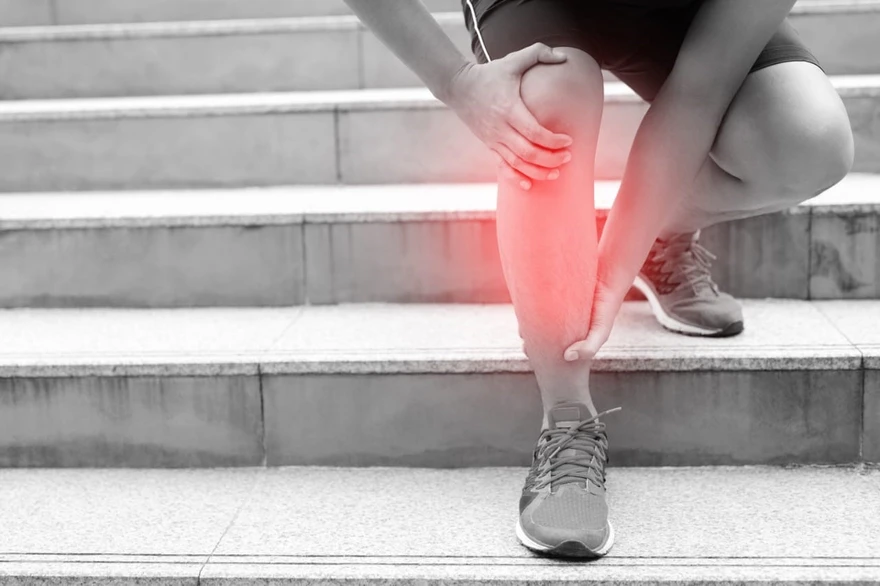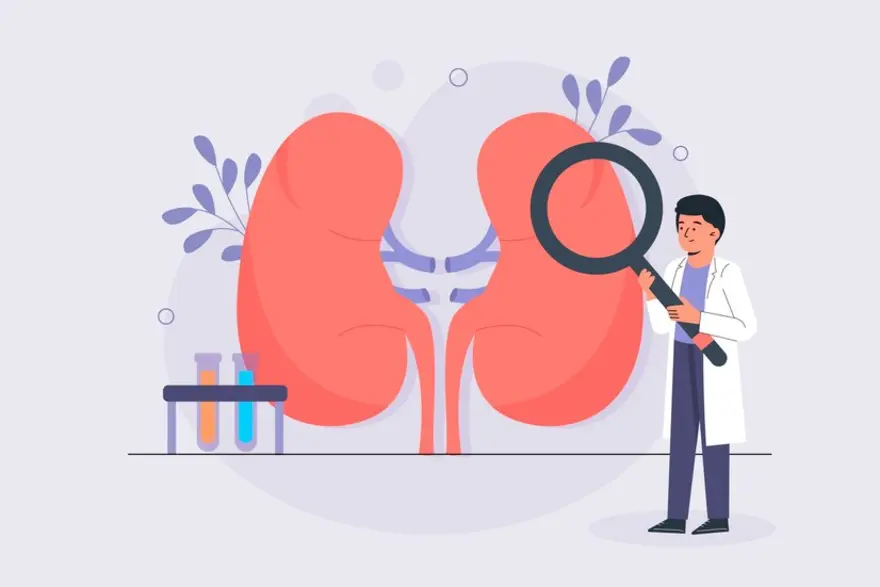Preventive Healthcare
15 High-Fibre Foods You Should Eat
32147 Views
0

Fiber is a kind of carbohydrate that the body can not digest. It is usually found in fruits, vegetables, whole grains, and legumes. A high-Fiber diet can help lower cholesterol, regulate blood sugar levels, and promote a healthy digestive system. It also may aid in weight management, lower the risk of heart disease, Type-2 diabetes, and promote healthy gut microorganisms. Researchers suggest that adult women should intake at least 25 gm while adult men should have at least 38 gm of Fiber daily.
Top 15 High-Fiber Foods
Here are 15 high-Fiber-rich foods along with their dietary Fiber content that you can include in your diet chart.
Avocados
Avocados are nutritional with greater Fiber content. They have a greater amount of healthy fats rather along with many carbohydrates. Avocados include potassium, vitamins C, E, magnesium and B vitamins.
Fiber quantity: 1 bowl of raw avocado contains 10 gm, 6.7 gm per 100 grammes.
Berries
Berries, such as raspberries, blackberries, and strawberries, are known for their high Fiber content and antioxidant properties. Strawberries and Raspberries are rich in Vitamin C, and manganese.
Fiber Quantity:
- Raspberries - A bowl of raspberries contains 8 gm of Fiber or 6.5 gm/ 100 gm
- Strawberries - 3 gm in 1bowl of fresh strawberries, or 2 gm/100 gm
- Blueberries: 2.4 gm in 100 gm of Blueberries
- Blackberries: 5.3 gm/ 100 gm
Chia seeds
Chia seeds are an excellent source of Fiber. They are extremely nutritious, with higher levels of magnesium, phosphorus, and calcium. These are low in cholesterol and calories, which helps in reducing sugar elevations in your blood.
Fiber Quantity: 9.75 gm per ounce of dried chia seeds, or 34.4 gm/100 gm
Lentils
Lentils are a low-cost, high-nutritional-value food with a great source of Fiber. They contain high amounts of B vitamins, magnesium, zinc, and potassium. Lentils are also a good source of protein essential for building and repairing tissues.
Fiber Quantity: 13.1 gm/cup of cooked lentils, or 7.3 gm/100 gm
Sweet potatoes
Sweet potatoes are a popular tuber that is high in Fiber. They have a lovely sweet flavour. It contains a lot of beta carotene, B vitamins, and minerals.
Fiber quantity: A medium-sized boiled sweet potato (without skin) has 3.9 gm of Fiber or 2.5 gm/100 gm
Artichokes
Artichokes are a high-antioxidant, whole-food source. They have a lot of insoluble Fiber. Artichokes contain inulin, a type of Fiber that acts as a prebiotic.
Fiber Quantity: 6.9 gm in 1 raw French artichoke, or 5.4 gm/100 gm
Brussels sprout
Brussels sprouts are a good source of vitamins and minerals, including vitamins K, C, and potassium. These types of sprouts are a kind of cruciferous vegetables related to broccoli.
They include high amounts of vitamin K, potassium, folate, and cancer-fighting antioxidants.
Fiber Quantity: 3.3 gm/cup of raw Brussels sprout, or 3.7 gm/100 gm
Spinach
Spinach is one of the nutrient-rich leafy vegetables. It is rich in iron, vitamins C and E, potassium, and magnesium. As part of a nutritious diet, it can help support immune function, aid the digestive system
Fiber Quantity: 2.2 gm of raw spinach/100 gm, 2.4 gm of boiled spinach/100 gm.
Broccoli
Broccoli is a nutritious vegetable high in Fiber, with around 2 gm of Fiber per cup. A superfood that may help you lose weight, prevent cancer, improve digestion, and boost immunity.
Fiber Quantity: 2.4 gm/cup, or 2.6 gm/100 gm
Oats
Oats are one of the world's whole-grain foods. They include a lot of minerals, vitamins as well as antioxidants. They include beta-glucan. It is a strong soluble Fiber. It has significant benefits for cholesterol and blood sugar levels.
Fiber content: 16.5 gm/ cup of uncooked or raw oats, or 10.1 gm/ 100 gm
Peas
Peas like chickpeas, and split peas are types of legumes loaded with minerals, proteins and nutrients.
Fiber quantity in Split peas: 16.3 gram/ cup of cooked split peas, or 8.3/100 gm
The Fiber quantity in Chickpeas: 12.5 gm/ cup of cooked chickpeas, or 7.6 /100 gm.
Quinoa
Quinoa is gluten-free, whole-grain carbohydrate, as well as a whole protein. It is rich in protein, magnesium, iron, zinc, potassium, and antioxidants, among other things.
Fiber Quantity: 5.2 gm/cup of cooked quinoa, or 2.8/100 gm
Bananas
Bananas include a variety of minerals. These include vitamin C, vitamin B6, and potassium.
A green or unripe banana also has a high concentration of resistant starch. This is an indigestible carbohydrate that works similarly to Fiber.
Fiber Quantity: 3.1 gm in a medium-sized banana, or 2.6 gm/100 gm
Beetroot
Beets are nutritious vegetables high in Fiber, folate, iron, copper, manganese, and potassium. Beets are also high in inorganic nitrates, which helps in blood pressure management and athletic performance.
Fiber Quantity: 3.8 gm/cup of raw beets, or 2.8 gm /100 gm
Dry fruits and nuts
Nuts like cashews, almonds, and pistachios are great sources of protein and Fiber. Consuming dried fruits like figs, prunes, and dates helps boost immunity. They also help to fight against constipation and cancer. Fiber may help with weight loss, blood sugar level control, and constipation.
Fiber content:
- Almonds - 4 gm/3 tb spoons, or 13.3 gm/100 gram
- Cashews - 3.3 gm of Fiber/100 gm
- Pistachios - 10 gm of Fiber/100 gm
Fiber helps your digestive tract work properly by moving swiftly and relatively easily through it together with sufficient fluid intake. Adding these 15 Fiber-rich foods to a regular diet sheet can provide numerous health benefits. These include improved digestion, weight management, and a lower risk of chronic diseases.
Some Fiber-rich foods include lentils, black beans, chickpeas, artichokes, raspberries, strawberries, avocados, peas, broccoli, sprouts, quinoa, chia seeds, and dry fruits. These foods are good sources of both soluble and insoluble Fiber.













1701259759.webp)









 WhatsApp
WhatsApp